|
Street lighting is known to be a major cause in the reduction of insect life and harmful to other night flyers such as bats, so the conversion of street lighting to LEDs throughout the county - including, now, Tisbury - is really good news. The Council has provided the following information, in response to an email I wrote asking for reassurance as to the impact on insects as well as, of course, our Dark Night Skies:
'With regard to insects the council is not directly aware of any negative research related to insects and LED lighting but it is appreciated that there is always research going on in this area. There is a significant reduction in UV content with LEDs compared to many other light sources in use as well as reduced heat generated as waste energy which would translate to reduced attractiveness compared with full spectrum lighting such as incandescent, metal halide, mercury vapour or fluorescent, but the main directive in the area of LED lighting is to use warmer LED lighting where possible to reduce blue light content. 'The street lighting to be utilised in Tisbury as well as the wider AONB and surrounding buffer zone (1km) will be of 2700K CCT which is considered the most appropriate for use in the AONB and is recommended for areas with bat populations. This has a considerably lower blue content compared to older LEDs which have been around 4000K CCT, but we are also changing the older “less warm” LED equipment for the new equipment in these sensitive AONB areas. 'We are also endeavouring to minimise light pollution and ensuring we have full flexibility of the lighting levels by introducing remote monitoring and operational control where it has not been present previously. All assets will be programmed in for dimming later in the evening a few days after installation. We are aware of some areas currently operating on Part Night switch off basis, and on request from those Parishes we would be happy to reintroduce this, or for individual lights when requested by residents, providing it is safe to do so. 'All roads have had lighting design class reviews and only the most appropriate levels of light will be installed. Where systems of lighting are sporadic or individual lighting points are present the most equivalent light source for the existing is being proposed to prevent any increase in light pollution. We will review any concerns raised after install and with our remote operational control can be fine-tuned and adjusted as needed. 'Specific assets on the outer perimeter of towns and villages where there is direct view from the darker areas of the AONB are being planned to be fitted with shielding in the appropriate directions to preserve the night time view and enhance the AONB dark skies status. 'We are only replacing street lighting on a like for like basis based on existing streetlights which have generally only been introduced following request, new developments or because of a general need to meet highway and road user safety. We are not intending to increase the number of lights and would welcome any suggestions for removal where street lighting is not seen as necessary or a benefit to the community. These can be discussed with the Parish Council for wider consultation. 'We trust you understand that we have considered many ecological and environmental aspects of the LED project and not just the reduction in energy consumption which is of course also good for the environment. 'For further information contact email: [email protected] 'Issues regarding street lighting can be reported through the My Wilts app or on-line at: http://www.wiltshire.gov.uk/mywiltshire-online-reporting (26 May 2021) If you have any comments or requests, your County Councillor or Parish Council should be your first port of call - contact details can be found via Google. In Tisbury, email Cllr Nick Errington or the Parish Council or complete their contact form online. 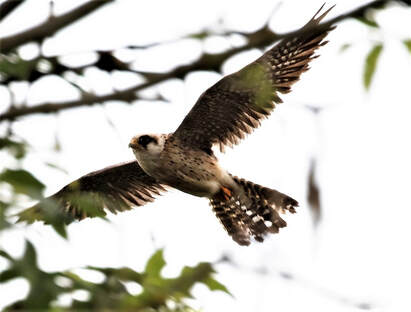 Langford Lakes is usually worth a visit, and lately people have been excited about a female Red Footed Falcon. It apparently feeds on moths so as an 'irregular migrant' it chose its time to visit well - last week was our National Moth Week. As well as the (as usual) stunning photo of the falcon, Abby Eaton also caught this dapper little Green Sandpiper and the Common Darter dragonfly laying its eggs one by one.
The sandpiper is only green because of its legs and the base of its beak, not easy to see. But it is 'the only small bird which dashes up from water's edge with shrill cries' (Collins Pocket Guide to British Birds). Click on the photos to enlarge and enjoy the pin-sharp focus. Organiser: Andrew Graham Hambledon Hill is the spectacular 192 metre (630 feet) high Site of Special Scientific Interest (SSSI) owned and managed by the National Trust, southwest of Iwerne Minster. The chalk grassland here is really good for wildflowers and insects, especially butterflies. The view from the summit provides a real sense of this site’s prehistoric strategic importance and why it’s considered one of the finest Iron Age hillforts in Dorset. For more on Hambledon Hill itself, go to the National Trust's pages. This is Andrew's report on the day: 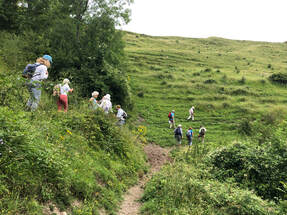 Challenging terrain Challenging terrain Twelve members spent a pleasant few hours scaling the heights of Hambledon Hill's iron age earthworks to look for butterflies and enjoy the flora. We saw a total of 17 butterfly species. A small, sheltered quarry on the side of the hill held plenty of butterflies which, because it was not very warm, were not flying much but basking on flowerheads so making them relatively easy to look at and photograph. Several Chalkhill Blues were a highlight as this species is, unfortunately, becoming less common and isn't seen in the Tisbury area. 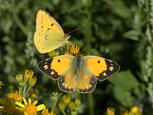 Photo: Mark Joy, Butterfly Conservation Photo: Mark Joy, Butterfly Conservation A welcome surprise sighting was a Clouded Yellow, a migrant species one or two of which are seen on Hambledon each year, but it is a matter of luck whether you bump into them. We were however disappointed not to see the Adonis Blue, but the second brood of this species doesn't seem to have emerged yet. We also enjoyed looking at the very diverse chalkland flora. In places on the steep west-facing slopes, the herbs are so prolific that hardly any grass could be seen. The Carline Thistle, with its bronzy yellow blooms which look like dried flowers, was a particular hit. The full list of flora is here, with thanks to Debbie Carter and Jill Preston. We gradually climbed the slopes of the hill, entered the fort through the banks and ditches of the entrance at the south-western end, then climbed to the neolithic long barrow on the summit. From here we could see across Wiltshire, Dorset and Somerset, and could pick out various landmarks, towns and villages. The descent back to the base of the hill was perhaps the toughest part of the walk, the steep path being particularly challenging. Mercifully, although the breeze on the top was stiff, it stayed dry and the temperature made for a very pleasant walk.
The survey of Tisbury's swifts that began on 8 July is coming gradually to its end with the likely departure of our swifts over the next few days. Meanwhile, the screaming parties overhead are rowdier than ever, as in this morning's video (to view it best, click bottom right to expand to full screen).
It's been a weird season - the first fledging we know of was on 29 June, which is very early. But young were still calling from a nest site in Lady Down View yesterday evening. Let's hope they're not deserted by their parents - there must be zillions of insects around in this warm and humid weather. But just in case one does decide to take matters prematurely onto its own wings, don't forget the guidelines I posted earlier, here. And that if you can't take the bird to the Wildlife Hospital yourself, ring me on 07831 253616. 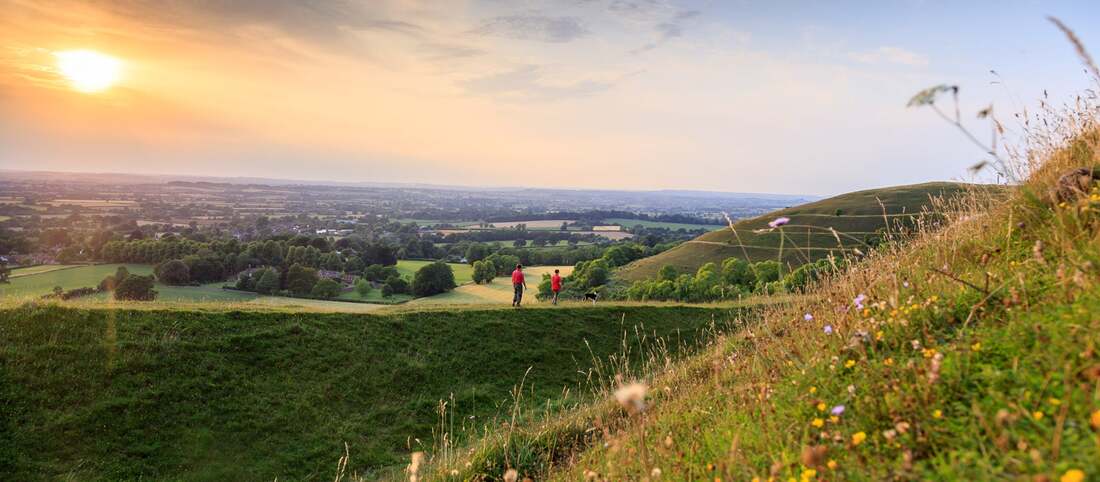 Photo: A summer evening's walk on Hambledon Hill. National Trust/John Miller Photo: A summer evening's walk on Hambledon Hill. National Trust/John Miller To join our next Field Trip to the magnificent Iron Age hill fort Hambledon Hill, meet at the Nadder Centre car park on Weaveland Road (not Nadder Close on The Avenue) at 10.30am this Thursday, 29 July. Even before the ramparts were built there was a settlement here, but rather than archaeology we're going in search of the wild flowers and other wildlife that's here in profusion. As the National Trust (which owns the Hill) says, there are 'an impressive 28 species of butterfly including the Adonis blue, dark green fritillary and green hairstreak ... Bird watchers can also spot skylarks, buzzards, kestrels, meadow pipits, blackcaps, white-throats, chiff chaffs and willow warblers.' As you'll have been noticing along the roadside verges, this is high season also for wild flowers including, maybe, some orchids. It sounds like a veritable feast for the senses. For full joining details, go to the Field Trips page. There really is no end to all the special focus weeks on different kinds of wildlife - but this one is particularly relevant to us, given Andrew Graham's amazing photos of the moths in his traps. 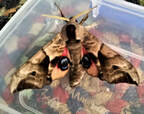 We saw some magnificent species last year, but none I feel is more dramatic than this year's first Eyed Hawkmoth. The Guardian's Country Diary described the excitement of seeing it in a moth trap at Castle Howard: 'Something huge and swarthy emerges slowly, theatrically. An eyed hawk-moth: dark angel, Bram Stokerish, unsettling even before the lurid jump-scare flash of glaring false eyes on its underwings.' Peter Shallcross is breeding both them and Privet Hawkmoths. so expect some more superb shots to mark this very special week. Spring that was - freezing in April, drowning in May? Happy times! But now Summer seems nearly to be here, with a heatwave forecast from St Swithun's day on Thursday. Seems the weather systems actually do often switch around that time, and this year's to be no exception. But Dick Budden enjoyed lots of lovely spring things in his garden and meadow down by the River Nadder. Here are two of his favourite things ... The lovely yellow flag (Iris pseudacorus) is widespread in damp and marshy areas - as well as on Dick's riverside patch you can see them on the Teffont Lake.
Ragged-robin (Lychnis flos-cuculi) is in decline, and The Wildlife Trusts say, 'Swaying in a gentle breeze, the delicate, pink flowers of Ragged-robin can be a joy to behold in any wildflower meadow, damp pasture or woodland ride. But it's not just passing humans that benefit from its star-shaped blooms - bumblebees, butterflies and honeybees all enjoy the nectar it produces. 'A favourite among gardeners, try planting Ragged-Robin in a boggy area or flower border and see who comes to visit.' It's widely available in garden centres. Nearly all the dozen or so volunteer surveyors were able to come to The Boot on 8 July, for a final briefing and initial survey of each of the ten areas in the village. Informal reports indicate that activity was patchy in the extreme that evening, but what Andrew, Laura and I observed is at least encouraging. It seems that Lady Down View and The Quarry are both often centres of activity although we're not sure how many birds are commuting between them! This video of activity last Thursday in Lady Down View is a welcome demonstration of what you might see, if not this year then in future years, in your own areas. It's best viewed on full screen - click the button bottom right.
Please do upload any videos you are able to take maybe on DropBox, so that I can download them for this website. The weather forecast is that we can expect a St Swithun's day switch to warmer, more settled times and this will encourage the swifts back down to what we regard as more normal summertime activity. Trying to get a handle on the current population of Tisbury's swifts is pretty tricky - accurately counting screaming parties going at anything up to 70mph is a challenge. Almost all of our team of around a dozen came to The Boot for a briefing by Andrew Graham, our wildlife recording expert, before setting off for their allocated area out of the ten mapped out by Andrew.
So from now on until 7 August, if you see people snooping around your area around sunset (or maybe dawn as there are some larks amongst us), that's what we're up to.
Go to Projects for a full account of the evening. You don't need to be on a Field Trip to see something surprising - such as this black swan that Debbie and Andrew Carter saw on Fonthill Lake. Black, yes, but the wing-tips are white and sometimes, it would seem, a bit more of the wings. Dramatic though. Less dramatic in itself but the more so for Andrew catching this pied wagtail having a snack. Brilliant shot! So, good to calm down with the white swans on the lake and the lovely field poppies in the field below the Beckford Arms. Do send in any photos you're particularly pleased with, to me at [email protected].
|
Photo: Avocets (Izzy Fry)
The headers display photos taken by our members. Do get in touch via the Contact Form if you'd like to submit a photo for selection.
Archives
May 2024
Categories
All
|
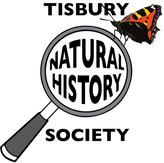
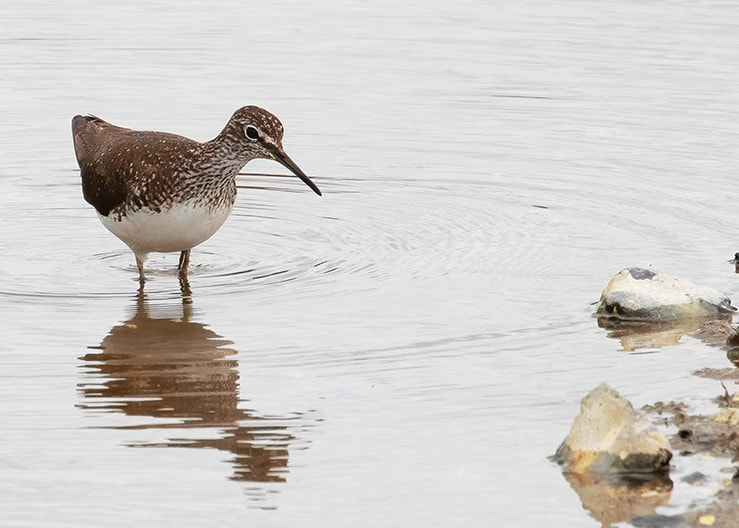
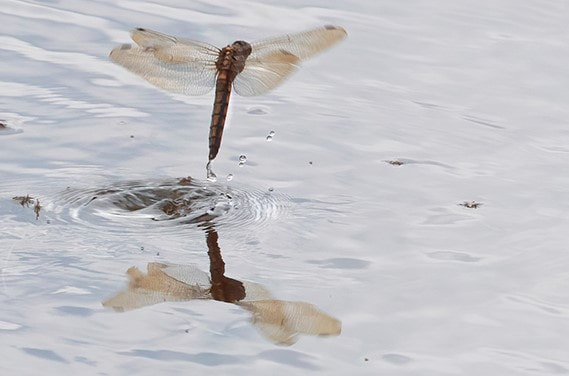
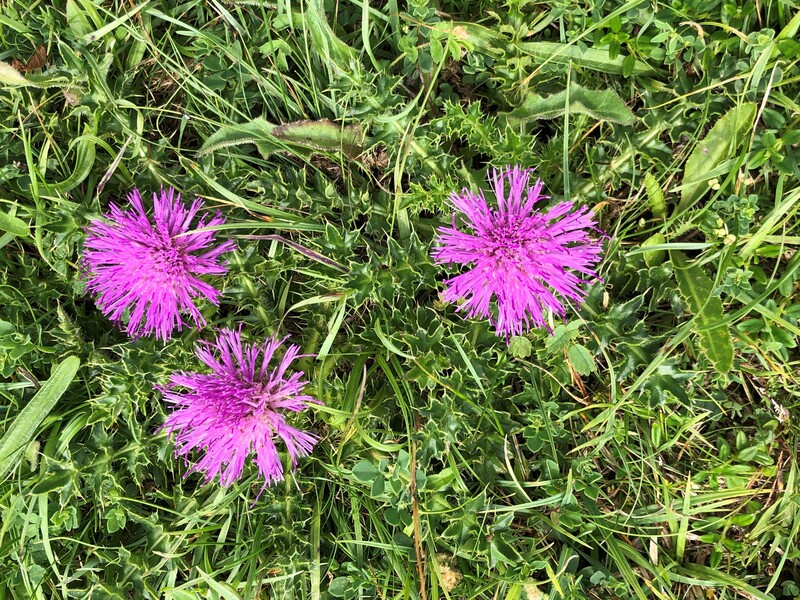
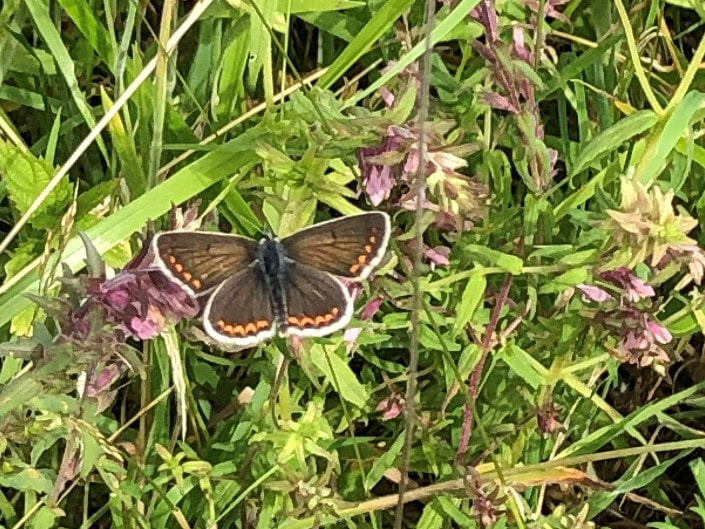
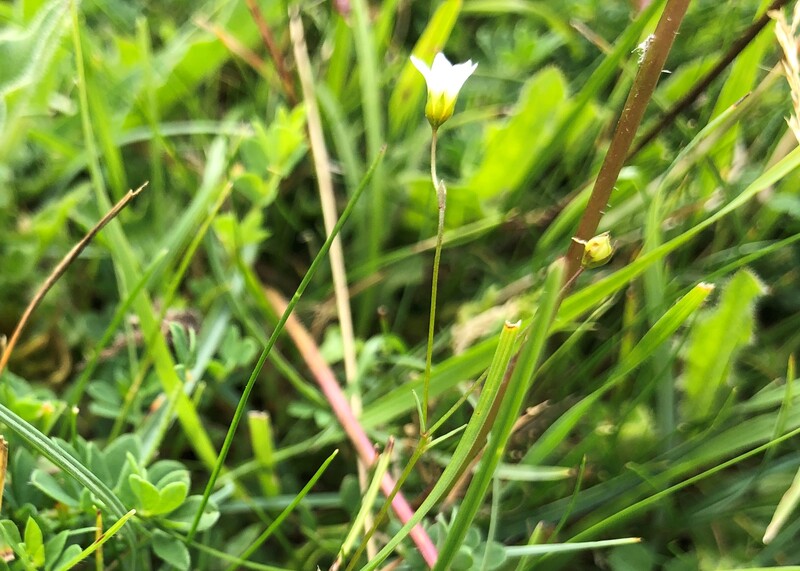
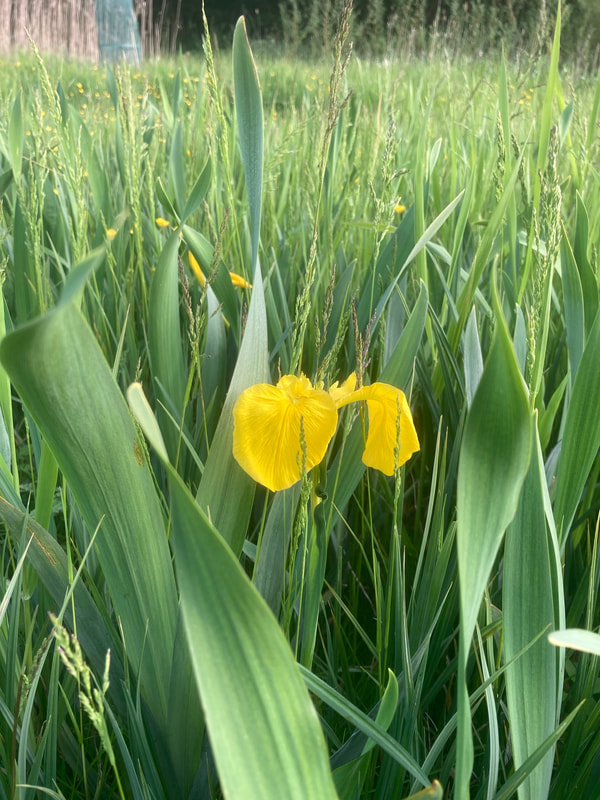
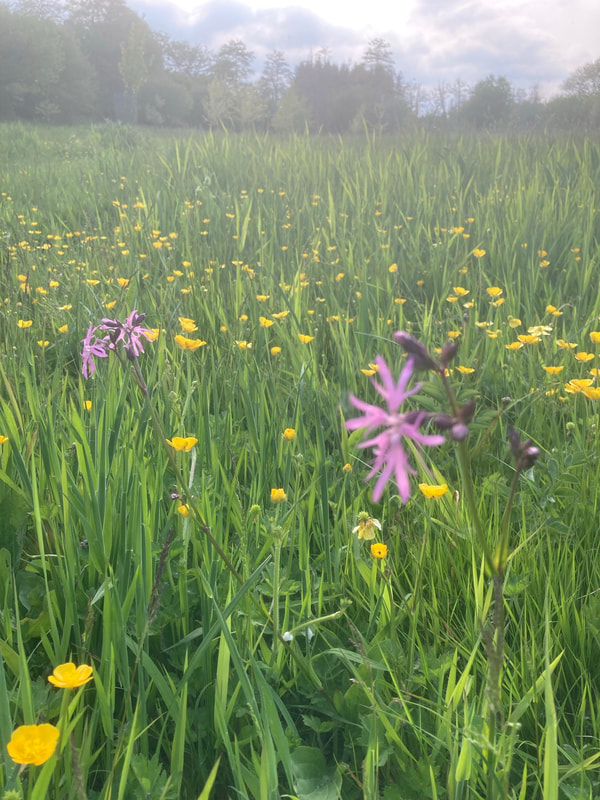
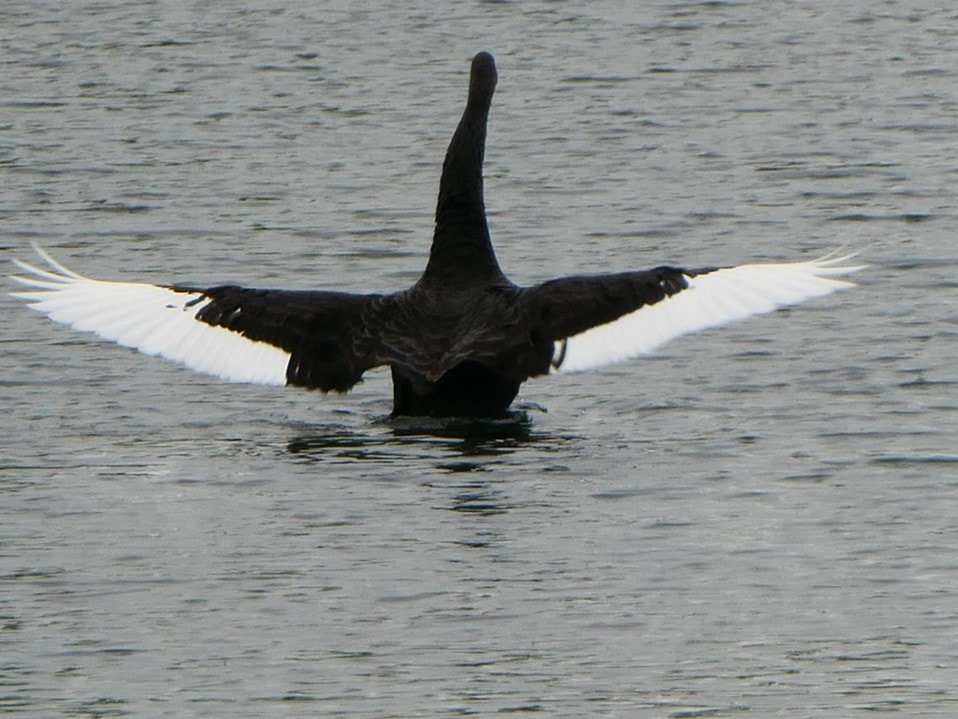
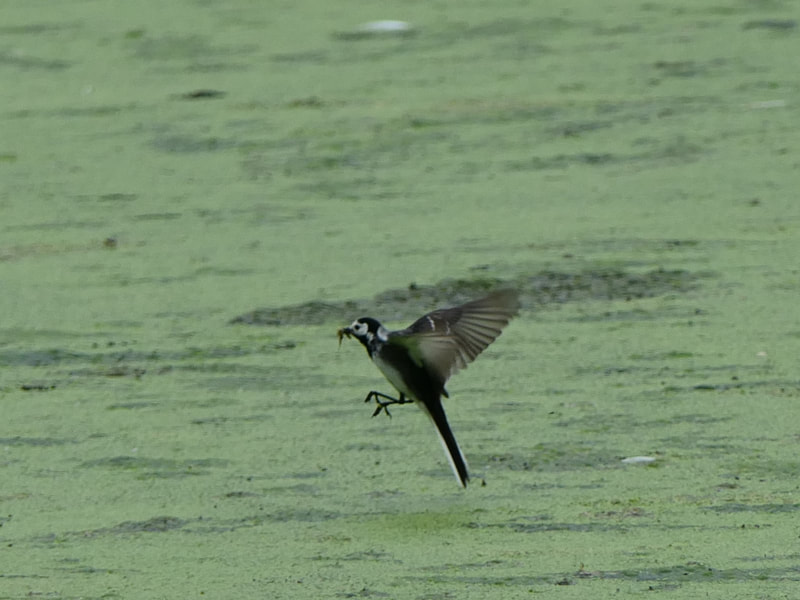
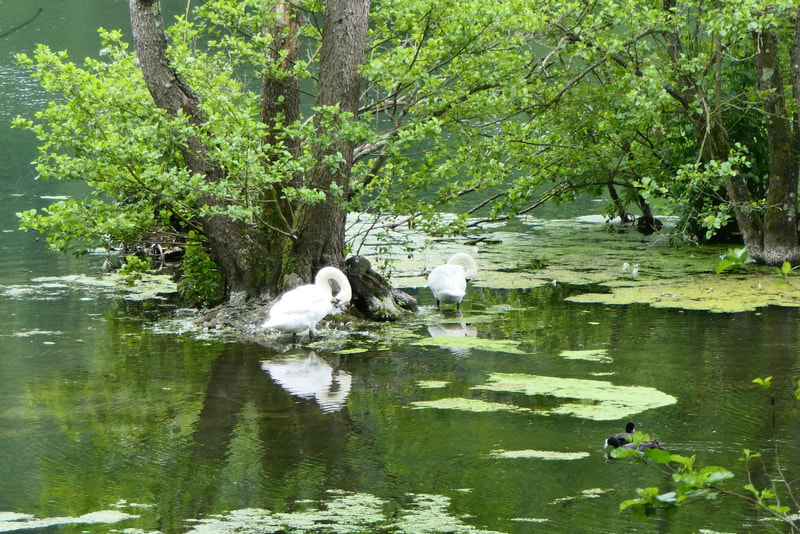
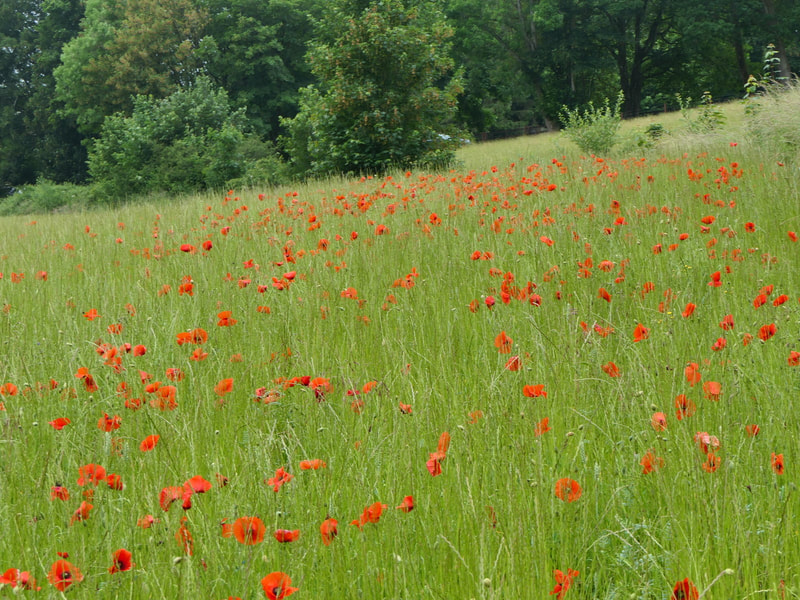
 RSS Feed
RSS Feed